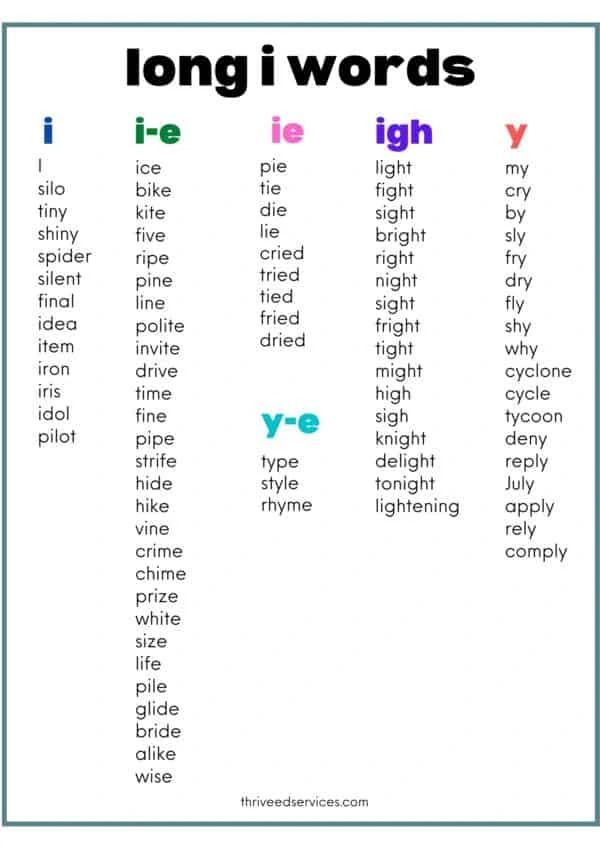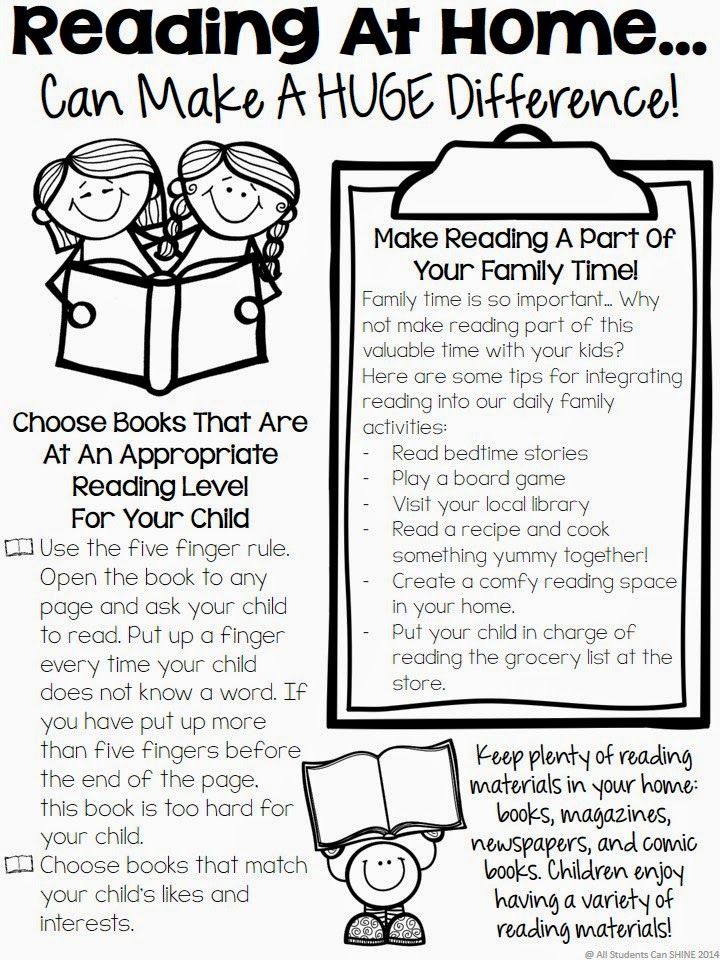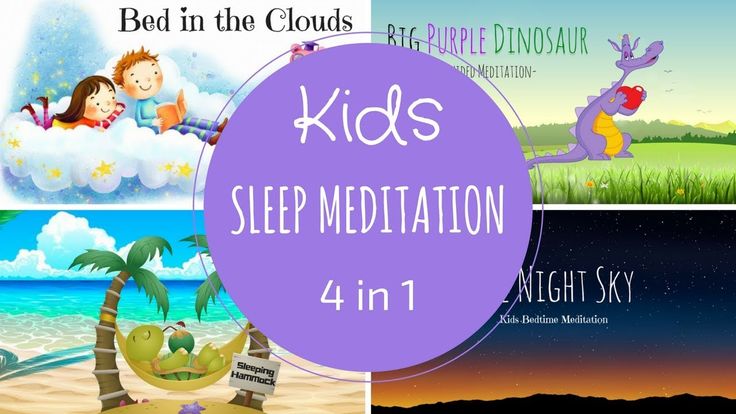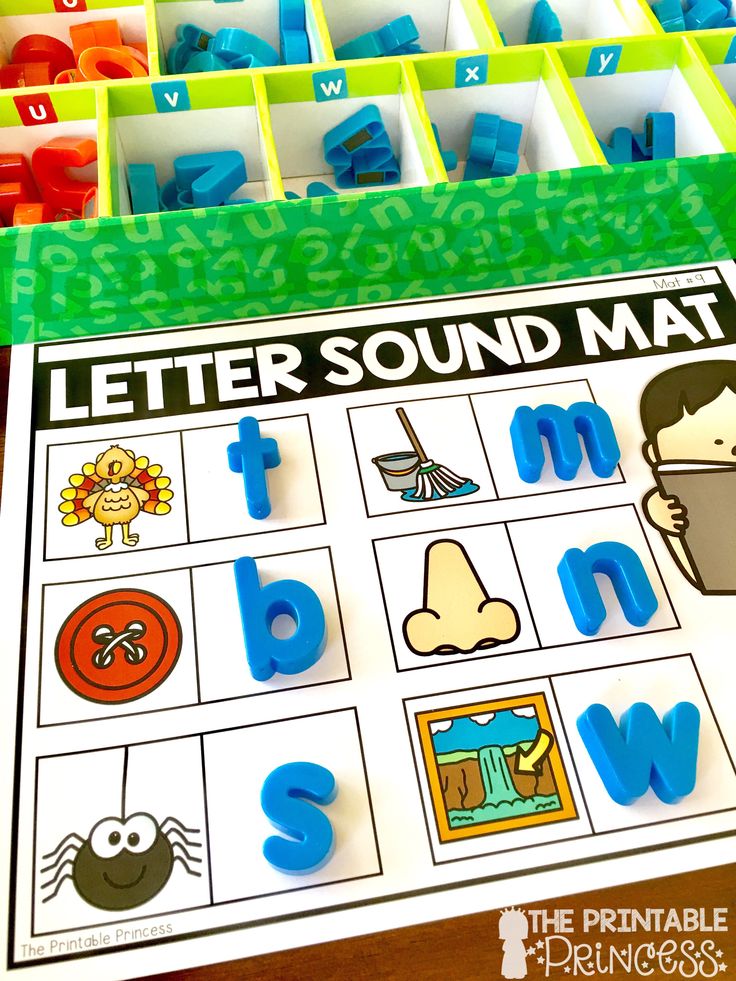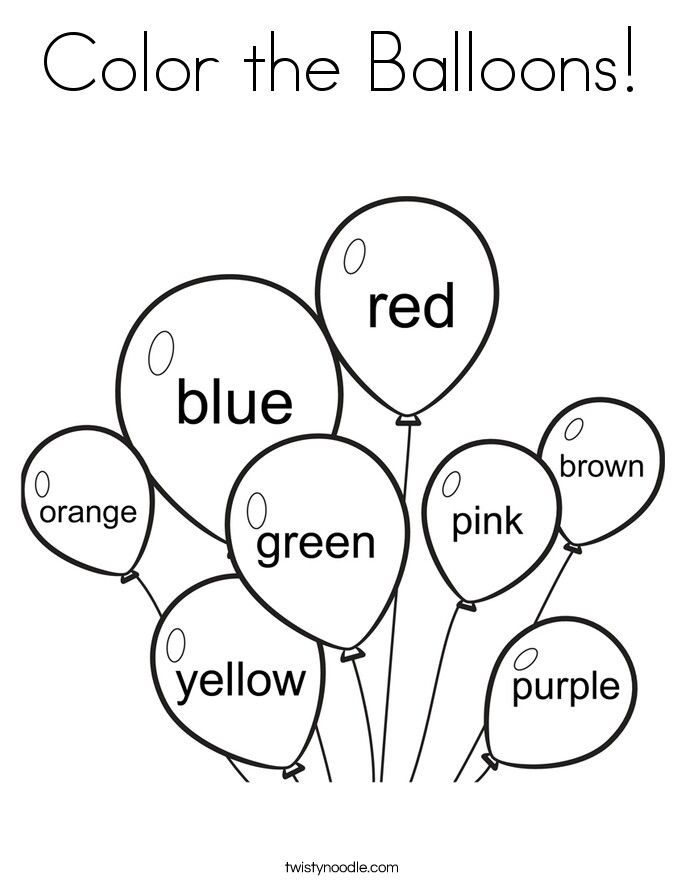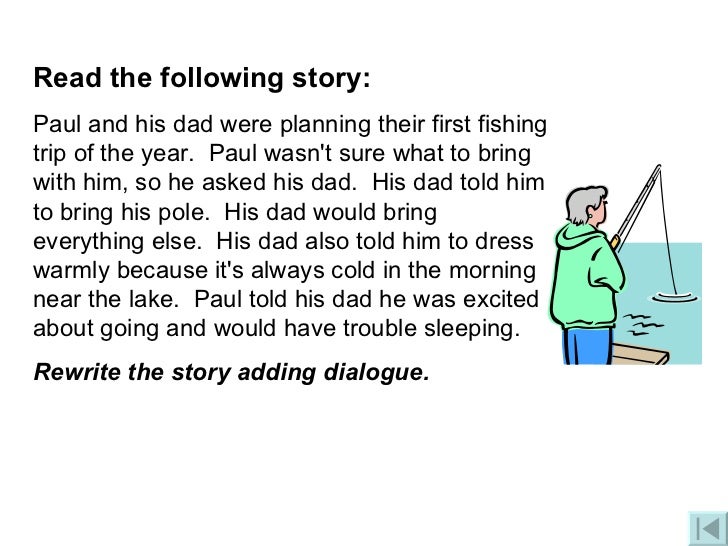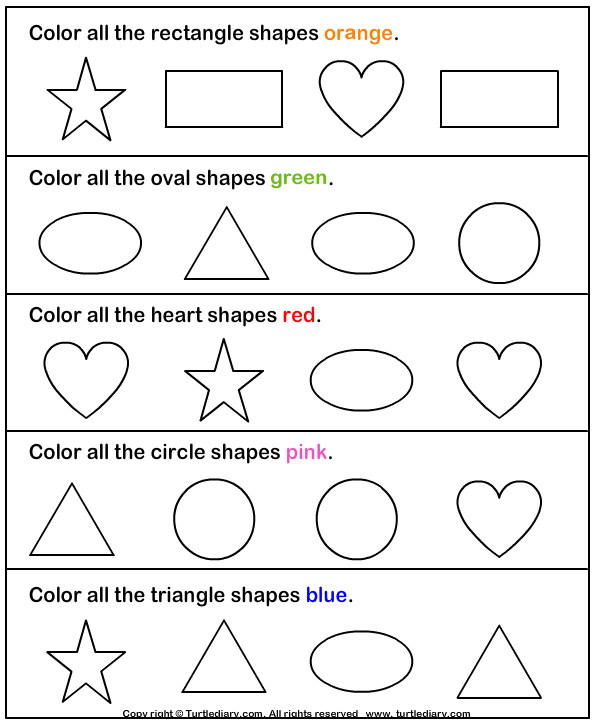Words with long vowel sounds list
Long Vowel Sounds: Word Lists & Activities
Phonics | Spelling
ByDelilah Orpi
This post may contain affiliate links, and I will earn a commission if you purchase through these links. Please read the disclosure policy for more details.
Sharing is caring!
- Share
- Tweet
In this post, I’m breaking down long vowel sounds (or long vowel words) to help you teach them when working with struggling readers and spellers.
Looking for long vowel word lists? Download all 5 of my pdf long vowel sounds word lists in my freebies library by joining my email list below.
What is a long vowel sound?
Long vowel sounds are vowels that are pronounced the same as their name. You’ll often hear teachers say that long vowels “say their name”.
Long vowels are very common but they can be tricky because there are so many spellings for each long vowel sound.
There are actually 4 ways to make long vowel sounds:
- Vowels at the end of a syllable make the long sound.
For example, in the words me and halo (ha-lo) the vowels are all at the end of a syllable so they make the long sound.
- Silent e makes the previous vowel long. The words bike and phone have a silent e at the end that makes the previous vowel long.
- Vowel teams can make the long sound. Vowel teams work together to make one sound, and usually, it’s a long vowel sound. For example, boat and meat both have vowel teams that make the long sound.
- I or O can be long when they come before two consonants. In words like cold and mind, i and o make a long vowel sound.
Long Vowel Words
Long vowel sound words are words that have vowels that say their name. Below are a few examples:
Below are a few examples:
- Long a – baby, cake, rain, day, they, weigh
- Long e – me, eve, hear, meet, piece, candy
- Long i – silent, bike, light, my
- Long o – go, home, toe, boat, snow
- Long u – music, mule, pew, feud
Long A Sound
The long a sound can be represented by 8 different spelling patterns:
- a – baby
- a_e – cake
- ai – rain
- ay – play
- ei – reindeer
- eigh – weight
- ea – steak
- ey – they
Learn more about teaching the long a sound here, and check out my Long A Words Activities & Worksheets for printable activities.
Long E Sound
The long e sound can be represented by 8 different spelling patterns:
- e – be
- e_e – eve
- ee – meet
- ea – beach
- ei – protein
- ie – piece
- ey – key
- y – candy
For ideas, tips, and tricks when teaching the long e sound, read this post all about teaching the long e vowel sound, and check out my Long E Words Activities & Worksheets
for printable activities.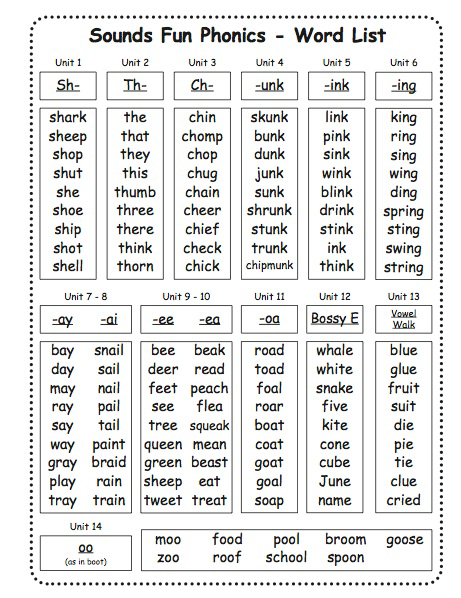
Long I Sound
The long i sound can be represented by 6 different spelling patterns:
- i – silent
- i_e – shine
- ie – pie
- igh – light
- y – my
- y_e – type
You can learn more about teaching the long I sound in this post. And check out my Long I Worksheets set in my shop for printable activities on the long i sound.
Long O Sound
The long o sound can be represented by 5 different spelling patterns:
- o – go
- o_e – phone
- oe – toe
- oa – boat
- ow – snow
You can learn more about teaching long o words and check out my long o worksheets.
Long U Sound
The long u has two sounds: yoo (/y/ /oo/) and oo (/oo/).
The long u sound can be represented by 7 different spelling patterns:
- u – music
- u_e – mule
- ue – rescue
- eu – feud
- ew – few
- oo – food
- ou – soup
Learn more about teaching the long u sound here.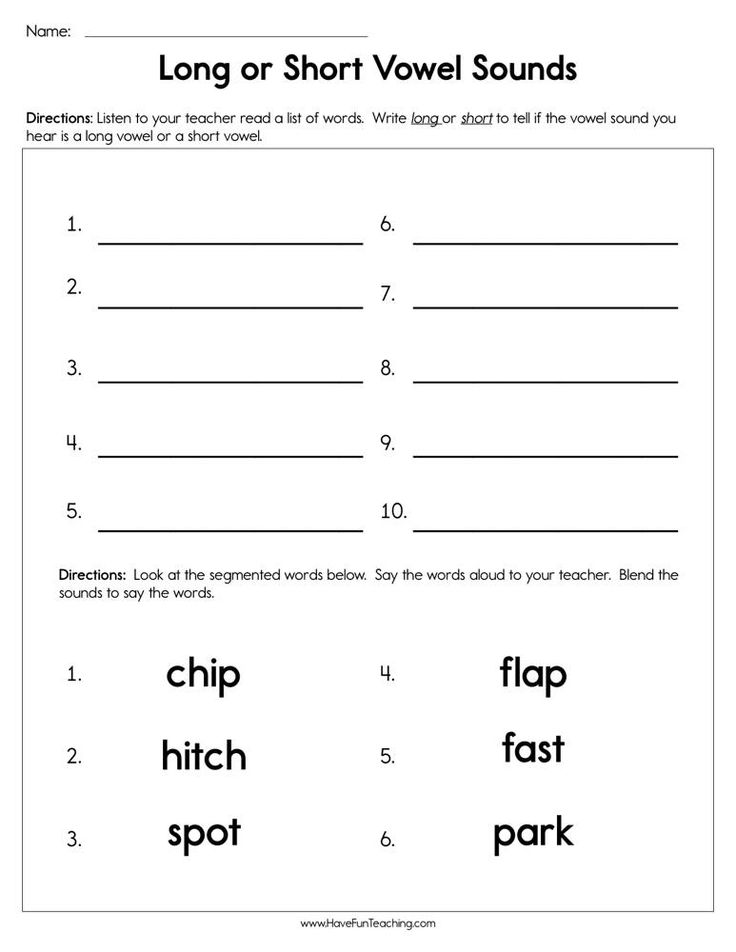
Tips for teaching the long vowel sounds
Teach one spelling pattern at a time!
I don’t mean one vowel sound, but just one spelling pattern. So for example, if you’re working on long a, you would work on the spelling pattern a silent e (cake, same, cave) until students have mastered it, then move on to ai, and so on. You should not be teaching multiple spelling patterns together, even though they make the same sound.
I know that most programs out there combine all the long vowel sound spelling patterns into one lesson, especially in spelling lists, but this does not work for struggling readers. You need to break it down for them and only do one at a time.
Teach the syllable types.
Because syllables have a lot to do with whether vowels make the short or long sound, if students do not already know the 6 syllable types then teach them along with the long vowel sound.
Here are resources for each syllable type:
- closed syllable
- open syllable
- final silent e syllable
- vowel team syllable
- r combination syllable
- consonant le syllable
Use a variety of activities to practice each spelling pattern.
Games, dictation, word sorts, memory or matching with flashcards, word hunts, textured writing, body spelling, and bingo are all fun ways to practice the long vowel sounds.
The main activity that is often overlooked is dictation. It seems so simple but the task involves listening to a word, deciding on the spelling, and transferring that info to written form. These are all skills that struggling readers need to practice.
Teach the spelling generalizations.
Some of the long vowel spelling patterns are spelling rules that make it easy to remember.
For example, ai is usually found at the beginning or middle of a syllable, and ay is usually found at the end of a syllable. [Examples: rain, aim, play, daytime]
Here is another example with long o: oa is usually found at the beginning or middle of a word, and ow is usually found at the end. [Examples: boat, coach, snow]
Long Vowel Word List
I made these word lists to help teach the long vowels.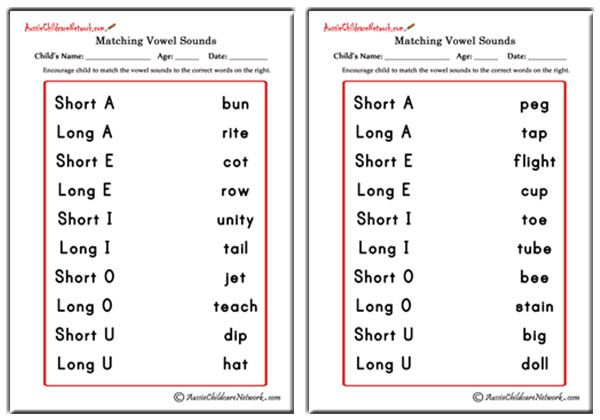 I find it handy to have these on hand when playing phonics games or planning activities for long vowel lessons.
I find it handy to have these on hand when playing phonics games or planning activities for long vowel lessons.
Grab them for free below!
Visit my Teachers Pay Teachers shop to see all my literacy products.Want to remember this? Save Long Vowel Sounds: Word Lists & Activities to your favorite Pinterest board!
Sharing is caring!
- Share
- Tweet
Delilah Orpi
Delilah Orpi is the owner and founder of Thrive Literacy Corner. She has a Bachelor's degree in Special Education, a Master's degree in TESOL, and is a member of the International Dyslexia Association. She is an experienced educator and literacy specialist trained in Orton Gillingham and Lindamood Bell. Delilah creates literacy resources for educators and parents and writes to create awareness about dyslexia and effective literacy instruction based on the science of reading.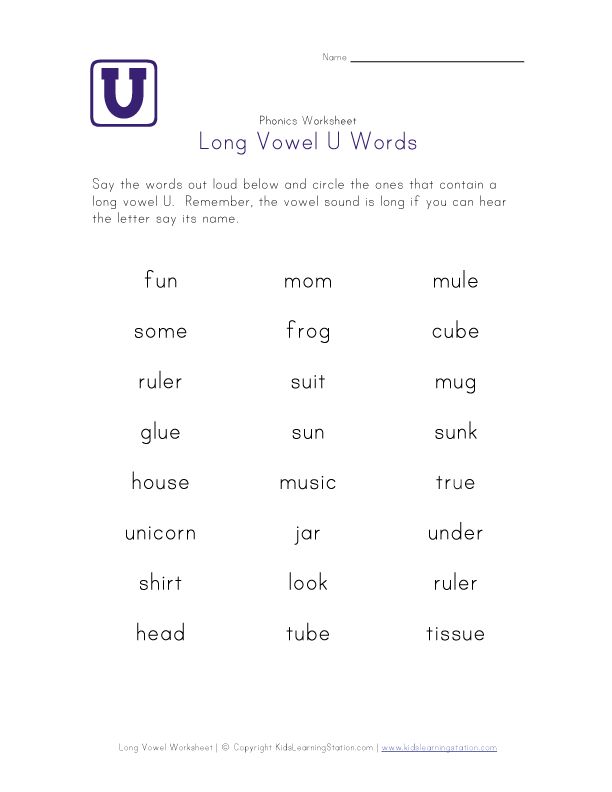
Similar Posts
Phonics
Elkonin Boxes For Reading Intervention
ByDelilah Orpi
After years of working with dyslexic kids, I have several reading strategies for struggling readers that I always turn to because of their success. The best strategies are all multi-sensory because those are the most effective for all struggling readers, especially those with dyslexia. Elkonin boxes are an effective multisensory strategy that builds and strengthens…
Read More Elkonin Boxes For Reading InterventionContinue
Parents | Phonics
All About the Alphabetic Principle
ByDelilah Orpi
The alphabetic principle is an important part of the reading process. According to Reading Rockets, “Children’s reading development is dependent on their understanding of the alphabetic principle”. But what do we mean when we talk about the alphabetic principle? And how can we develop it in beginning and struggling readers? What is the alphabetic principle?…
According to Reading Rockets, “Children’s reading development is dependent on their understanding of the alphabetic principle”. But what do we mean when we talk about the alphabetic principle? And how can we develop it in beginning and struggling readers? What is the alphabetic principle?…
Read More All About the Alphabetic PrincipleContinue
Phonics
How To Teach The Long I Sound
ByDelilah Orpi
The long i sound can be tricky to teach since it has several different ways to spell it. But with a handy word list, plan of action, and some fun activities you’ll have a much easier time teaching long i words and your students will thank you. Looking for a long i word list? You…
Read More How To Teach The Long I SoundContinue
Examples of Long Vowel Words
A long vowel is a vowel sound that is pronounced the same way as the name of the letter itself.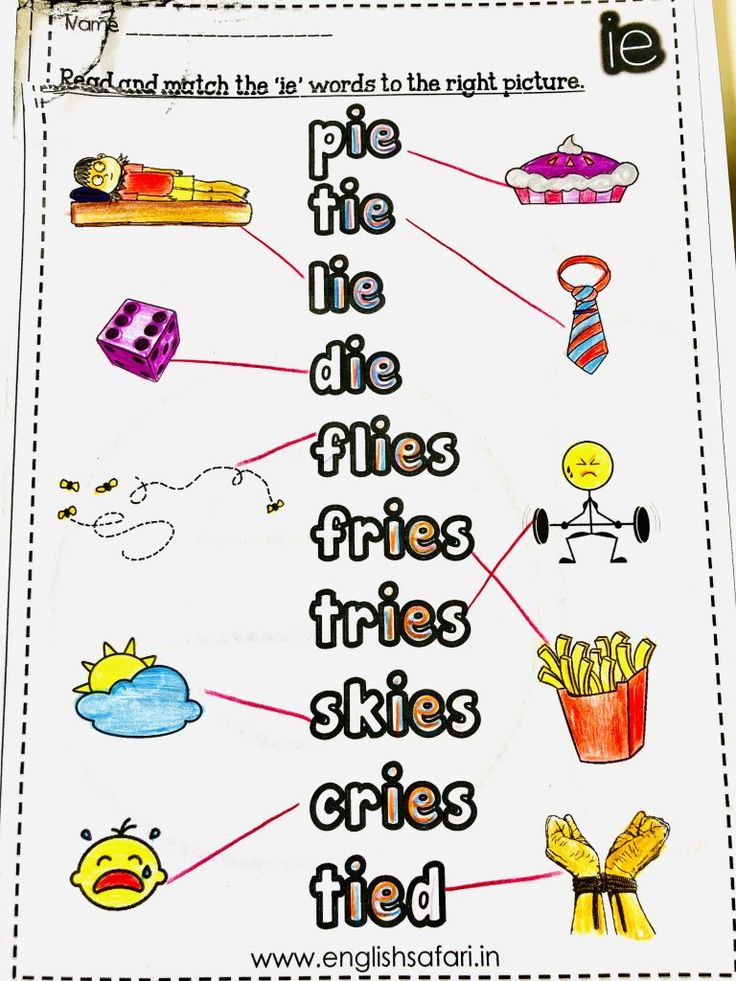 For example, the long U sound is pronounced like "yoo," as would be the case in words like "lure" and "tube." By contrast, the short U sound is pronounced more like "uh," as in words like "cub" and "tub."
For example, the long U sound is pronounced like "yoo," as would be the case in words like "lure" and "tube." By contrast, the short U sound is pronounced more like "uh," as in words like "cub" and "tub."
Long vowel words, then, are words that contain a long vowel sound. It's important to note that the spelling of a word and the way it sounds don't always match up so perfectly. Words like "few" and "beauty" also contain the long U sound. Similarly, the long A sound in "bake" and "gate" can also be spelled like "ay" (as in "pay") or "ai" (as in "paid"), among other variations.
To understand this further, let's look at some more examples of long vowel words.
Long Vowel Words Chart
Now that you understand long vowels, check out this Vowel Words chart to find vowels with each of the long vowel pronounciation sounds:
Longvowelwordsexamples
Click to View & DownloadLong Vowel Words in Sentences
A great way to understand how long vowel words work is to see them in action in full sentences.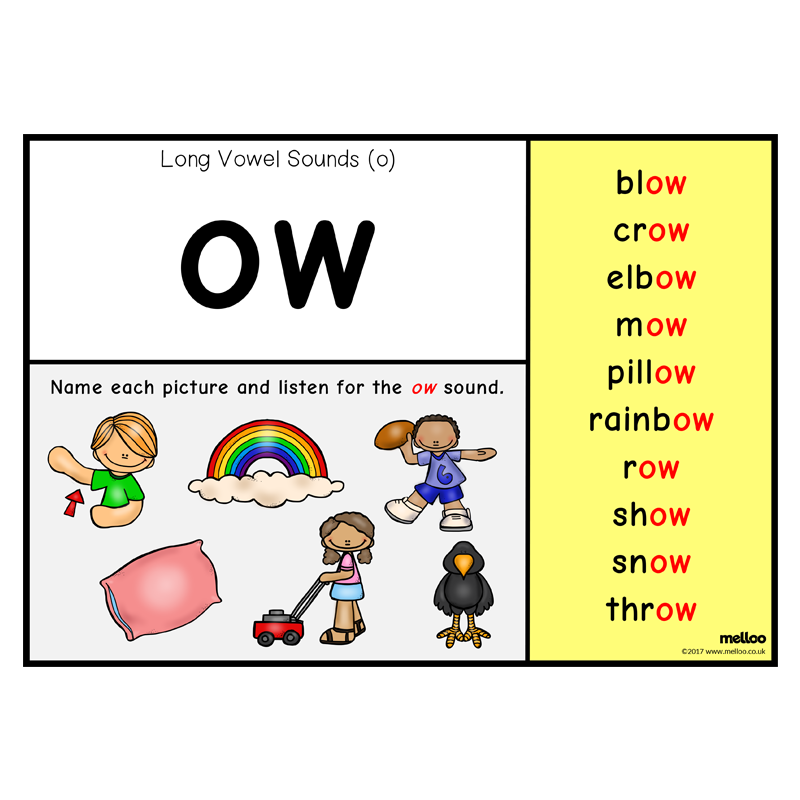
Long A Words
The long A sound is featured in the words in bold.
- Can you bake me a cake?
- There's no way I'm going to pay for that.
- At this rate, they'll never come home.
- Jenny does it for the fame and fortune.
- Did you hear about the raid on the executive's office?
Long E Words
The long E sound is featured in the words in bold.
- To be or not to be. That is the question.
- Pete plans to see her again soon.
- The gymnast excels on the high beam.
- The behavior was deemed inappropriate by the ethics board.
- That was quite the scene at the deli.
Long I Words
The long I sound is featured in the words in bold.
- Sara and I are going to the movies.
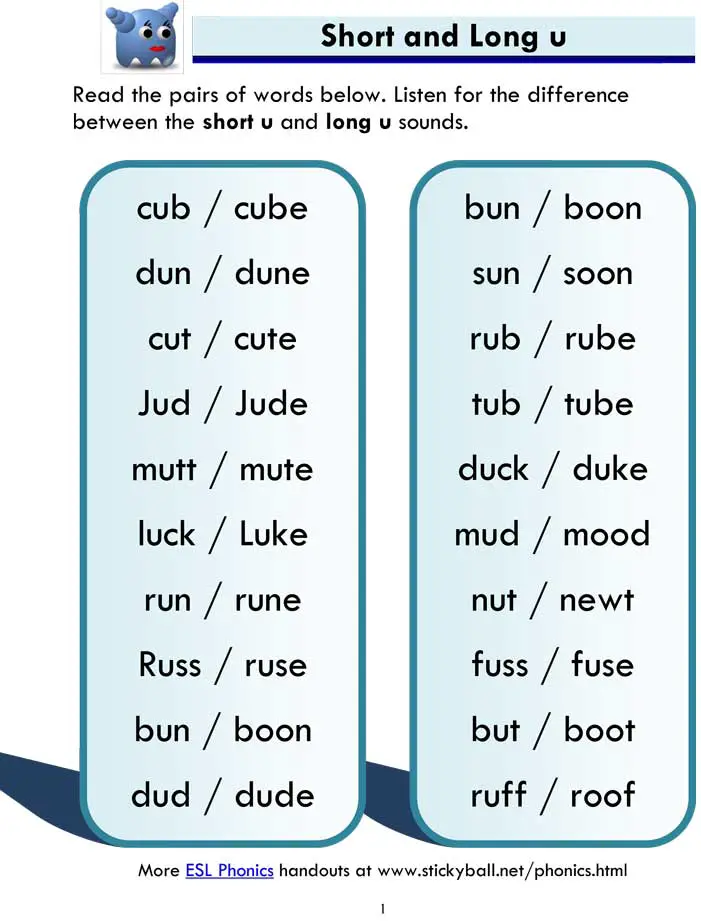
- The pine needles are everywhere!
- You'll find the jam in the bread aisle.
- Take a right turn at the next intersection.
- Everything is going to be just fine.
Long O Words
The long O sound is featured in the words in bold.
- The Lone Ranger is a famous fictional character.
- The country road isn't paved.
- Herbert was so excited, he started jumping up and down.
- Can you fetch me a hoe from the garden shed?
- The tow truck arrived just in time.
Long U Words
The long U sound is featured in the words in bold.
- The rude waitress still hasn't taken our order.
- Have you seen the Statue of Liberty?
- The Duke and Duchess of York visited recently.
- With a queue like that, we can expect a very long wait.
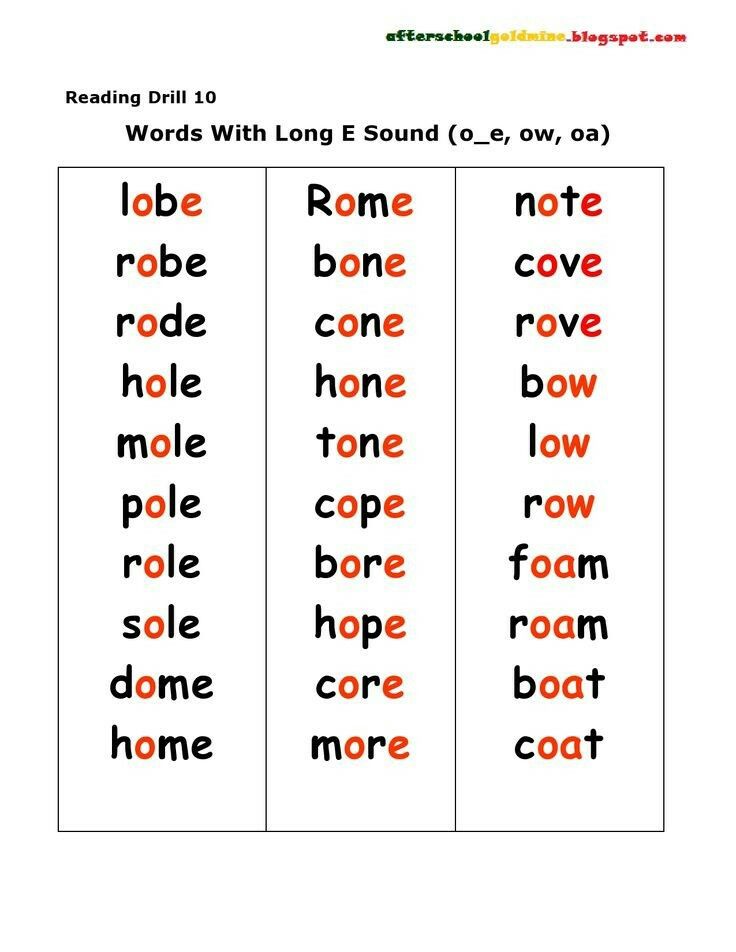
- There he is, right on cue.
Read and Read
The English language is filled with all sorts of confusing words and even letters, like when "y" works as a vowel. The word "read" can rhyme with "fed" (short E sound), but it can also rhyme with "seed" (long E sound), depending on which verb tense you're trying to use with "read." As you continue to brush up on your knowledge of vowels and how they work, why not study words that end in a silent E? There are a lot of them! For something more creative, check out these assonance examples too.
Vowel sounds and letters. How many are there in Russian?
We will teach you how to write without mistakes and tell stories in an interesting way
Start learning
The correct pronunciation of words is one of the components of a beautiful and literate speech. To achieve this, you will first have to study the sounds themselves.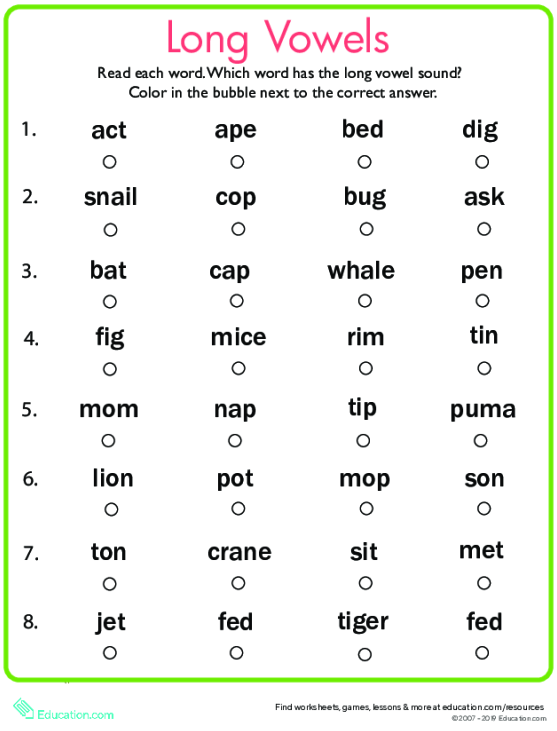 In this article, we will figure out together what vowel sounds are, how many vowels are in the alphabet of the Russian language, and what sounds they can represent.
In this article, we will figure out together what vowel sounds are, how many vowels are in the alphabet of the Russian language, and what sounds they can represent.
What are vowels and sounds
Vowel sounds are those sounds that we freely convey with our voice. Hence their name comes from: voice means "voice". When pronouncing, air exits through the mouth and does not create noise, and the position of the tongue and lips determines which vowel sound we will pronounce.
There are much fewer vowels in Russian than consonants. There are 6 of them in total: [a], [o], [i], [s], [y] and [e]. To understand whether a vowel sound is in front of you or not, try to sing it. For example:
-
a-a-a ,
-
woo
-
s-s-s .

If it works, then the sound is a vowel. You can't do that with consonants.
There are more vowels than sounds - there are 10 of them: a, i, u, u, o, e, e, e, i, s . This difference is due to the fact that some of these letters can represent two sounds and are pronounced using a combination of a vowel and a consonant [y']. For example, in the word spruce the letter e expresses two sounds - [y'] and [e]. Let's look at the table all the vowel sounds and the letters that represent them.
| Letter | Sound | Example |
|---|---|---|
| a | [a] | pharmacy |
| i | [a] [d'] + [a] | change anchor |
| y | [y] | moon |
| [y] [y'] + [y] | love skirt | |
| about | [o] [a] | horse milk |
| e | [e] [th'] + [e] [and] | victory raccoon great |
| e | [o] [d'] + [o] | rope hedgehog |
| e | [e] | evolution |
| and | [and] [s] | caviar life |
| s | [s] | choice |
Demo lesson in Russian
Take the test at the introductory lesson and find out what topics separate you from the "five" in Russian.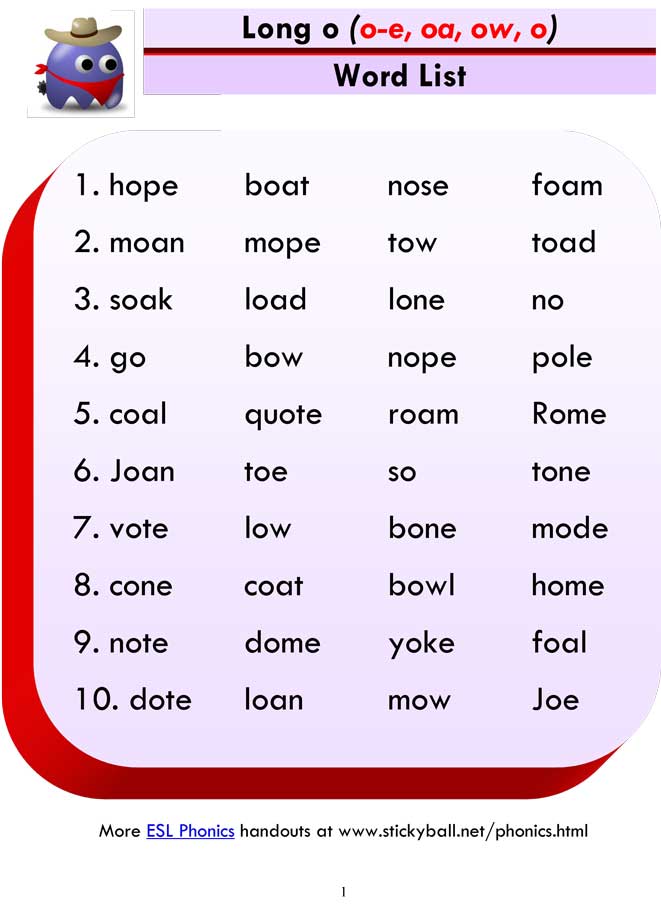
How vowel sounds are related to syllables
Vowel sounds form syllables - sound segments of words that we pronounce with one breath. One syllable can be either a vowel with one or more consonants, or a vowel alone. There is even a rule by which syllables can be counted: how many vowels in a word - so many syllables.
For example, in the word journey there are 5 vowels: [u], [i], [e], [i] and [e]. This means that it has 5 syllables: p-te-she-stv-e .
Test yourself!
Count the number of syllables in the words: try on, tanner, well-groomed, care, prefix, capital, wet, invitation, orange .
Vowel sounds and stress
Now let's see what groups vowel sounds are divided into. Sometimes their pronunciation depends on whether the stress falls on them, that is, whether we single them out with our voice. So vowel sounds are divided into stressed and unstressed.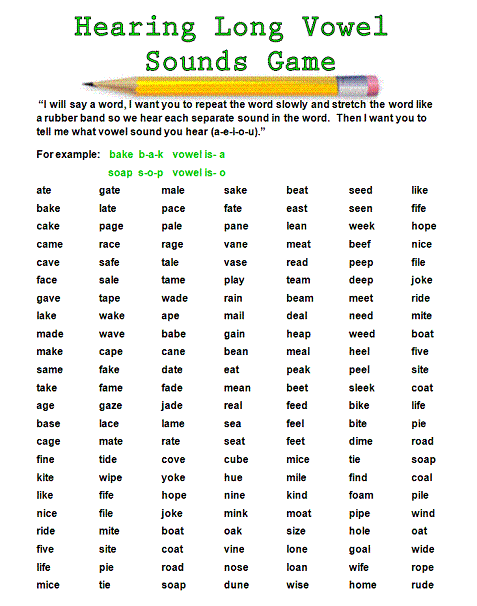 Here are some examples:
Here are some examples:
| | | |
|---|---|---|
| | | |
| | | |
| | | |
Stress in Russian can fall on any of the existing vowel sounds. However, only 4 of them can be unstressed - these are [a], [i], [y] and [s]. In this position, we pronounce sounds weaker than under stress, because of which they can change qualities and sound differently.
Interestingly, the vowels [o] and [e] can only be stressed. There are only a couple of exceptions to this rule: for example, in words cocoa and canoe sounds [o] and [e] in an unstressed position.
How unstressed vowels are related to consonants
How an unstressed vowel sounds depends on the consonant that precedes it. Or rather, from its hardness or softness. If it is a hard consonant, it can be followed by unstressed vowels [y], [a] and [s]. When we talk about a soft consonant, it is followed by unstressed vowels [y] and [and].
| | |
|---|---|
| | |
| | |
| | |
Free English lessons with a native speaker
Practice 15 minutes a day.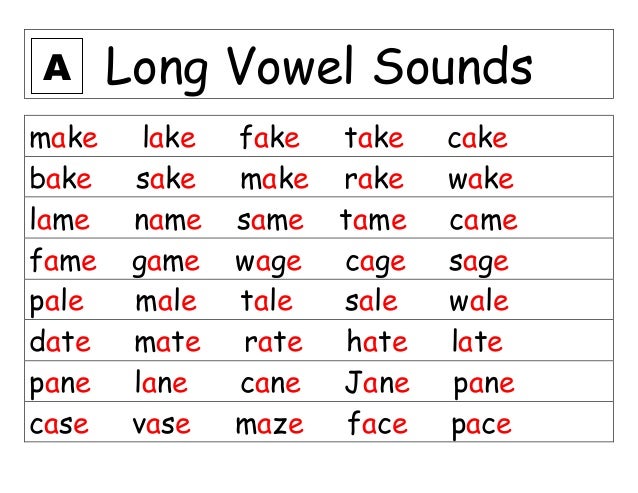 Learn English grammar and vocabulary. Make language a part of life.
Learn English grammar and vocabulary. Make language a part of life.
Test yourself
It's time to find out if you now understand well what vowel sounds are in Russian. To do this, we have prepared tasks for self-examination.
Task 1
List all the vowel sounds in these words:
-
screech,
fair,
rejoice,
doll,
distant,
buddy,
voting,
mirror,
story,
OK,
captivate.
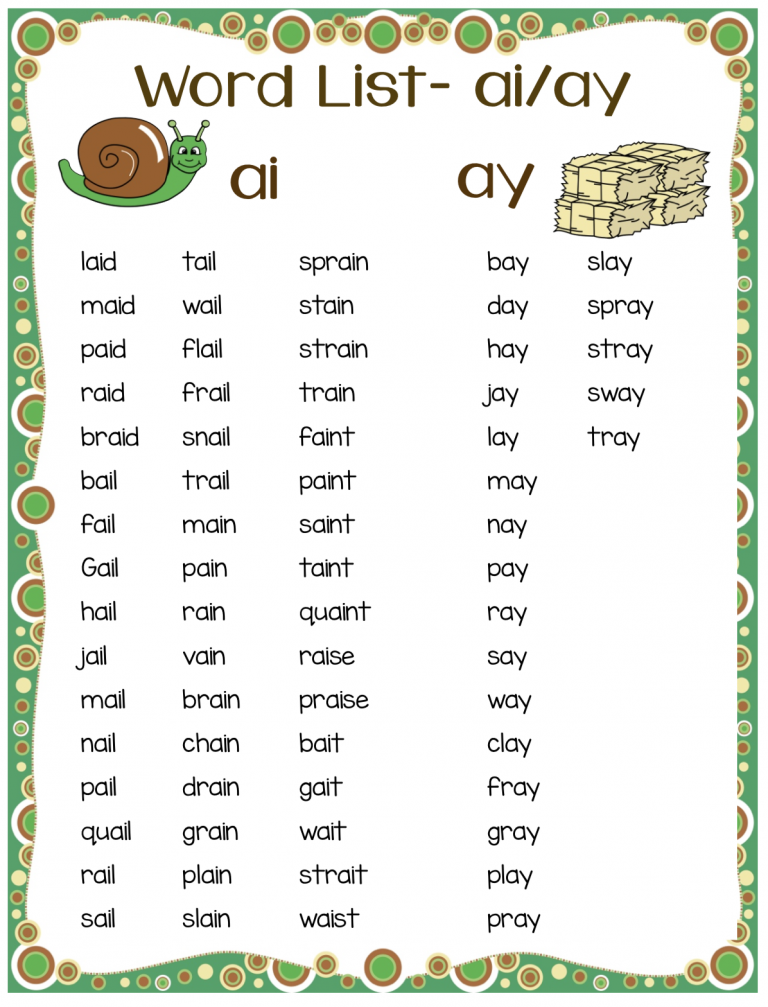
Task 2
Name 5 words each in which the sounds [a], [i], [y] and [s] would be stressed.
Task 3
Name 5 words in which an unstressed vowel would come after a hard consonant and 5 more words where it would follow a soft consonant.
Task 4
Count the number of syllables in the words below (don't forget to use the rule you learned at the beginning of the article!):
-
weightless,
-
sunrise,
-
adventure,
-
painter,
-
perpetuate,
-
pleasant,
-
image,
-
category,
-
exciting,
-
melting,
-
snowflake.
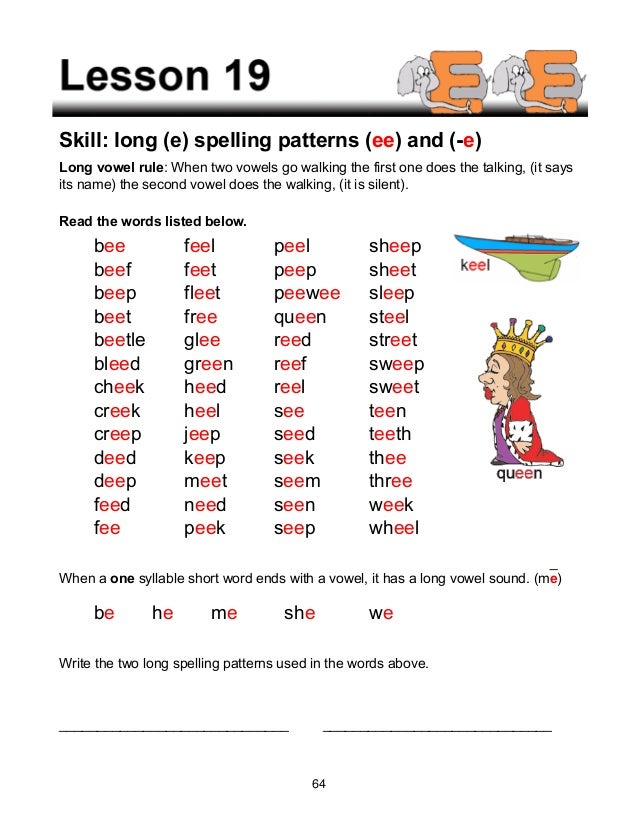
The rules of phonetics help us to speak correctly, so it is important to master the topic of vowels well and avoid gaps in knowledge. If even after reading the article you still have questions on the topic, you can figure them out in the Russian language course at Skysmart. In online lessons, the teacher will help the student work out the theory and consolidate the result on non-boring tasks. So the student will be able to improve the quality of knowledge, and fall in love with the subject.
Russian cheat sheets for parents
All the rules of the Russian language at hand
Complete Guide to Reading and Pronunciation
We invite you to our Telegram channel: short lessons on the most important conversational phrases with examples and exercises. Learn English with pleasure. Subscribe >>
This article will help you understand the peculiarities of the pronunciation of English sounds, and what combinations of letters they can be expressed in writing.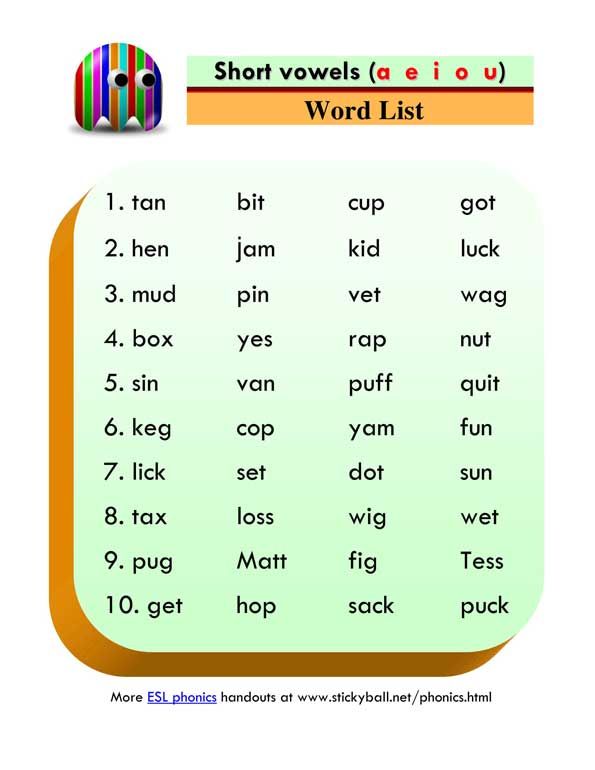
English pronunciation
English often sounds more dynamic than smoother Russian. It is slightly faster (about 10% - 15%, according to various studies), and sometimes it seems to us that not all words are pronounced in fast speech.
If you have difficulty understanding English by ear and want to hear English better, come to our free training "How to learn to understand English by ear". Registration is open!
Although languages come from the same Indo-European families - which means that they are based on the same pronunciation system - there are a number of significant differences in the pronunciation of Russian and English sounds, words and phrases.
Important features of English pronunciation (in comparison with Russian)
There are more vowels in English than in Russian. They are usually pronounced with less lip tension.
We have 6 of them: [a], [y], [o], [e], [i], [s], in English there are 12 of them: /ɪ/, /ɪː/, /ʌ/, / ɑː/, /æ/, /ɛ/, /ɜː/, /ɒ/, /ɔː/, /ʊ/, /ʊː/, /ə/.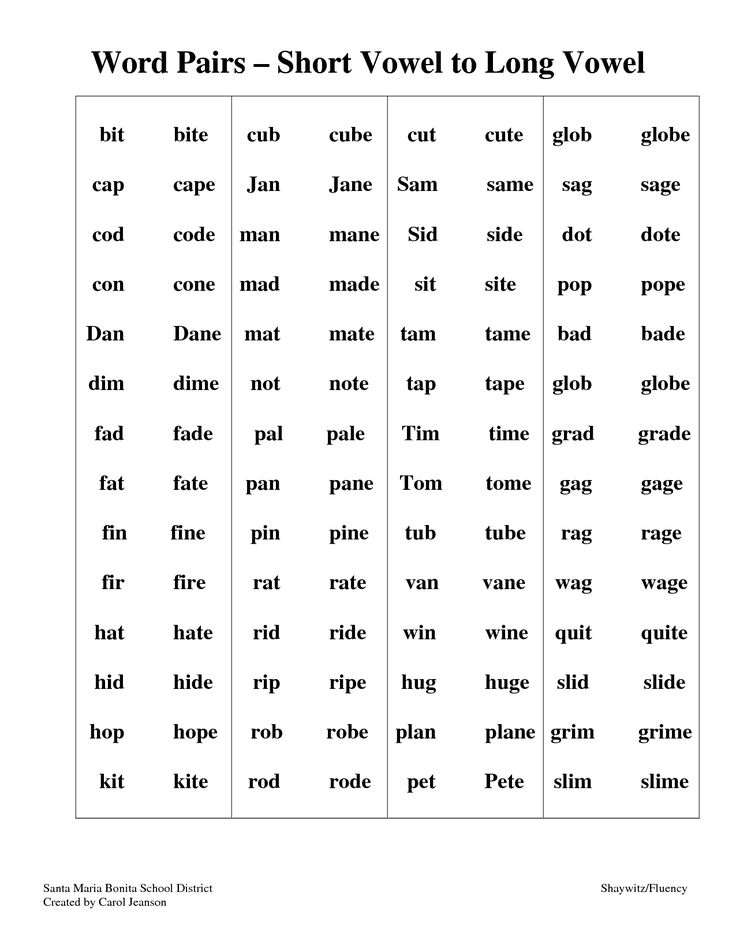
English sounds usually have two variants:
short and long: /ɪ/ and /ɪː/, /ɒ/ and /ɔː/, /ʊ/ and /ʊː/
light and deeper: /ʌ / and /ɑː/
open and closed: /æ/ and /ɛ/
Unique English vowel sounds:
/æ / - somewhere between A and E
/ɜː/ (soft O) - something in between between O and Yo
/ə/ - weak schwa (extremely weak sound, something in between A, O, E - pronounced in most unstressed syllables).
Our compound vowels E [ye], Yo [yo], Yu [yu], Ya [ya] are absent in English, but there are diphthongs.
English diplomas - Double sounds / Aɪ / ( Time ), / Eɪ / (Space) , / ɔɪ / (Boil) , / ɛə / (Care) , , , , , , , , , , , , , , , /əʊ/ (know) , /aʊ/ (now) , /ɪə/ (fear) , and /ʊə/ (cure)
The first sound of the diphthong is pronounced more distinctly than the second.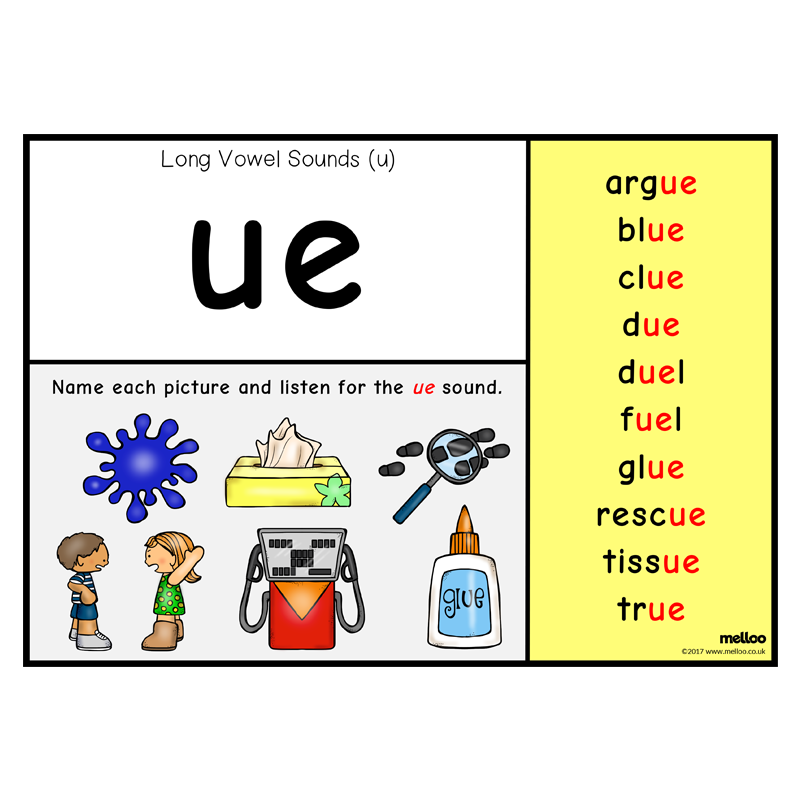 That is why we often hear poorly or confuse words with diphthongs when listening.
That is why we often hear poorly or confuse words with diphthongs when listening.
English consonants often differ in their pronunciation even of sounds similar to Russian.
There are as many as 36 consonants in Russian (with 21 letters), but in English there are only 24. It is important to remember that even similar sounds (for example, /p/ or /d/ are pronounced differently than in Russian - see table below for details ).
Unique English consonants:
/w/ semi-vowel, somewhere between U and B
/ð/ and /θ/ З (Ф and С in voiceless variation)
/ŋ/ — nasal Н
0014 and goth can sound the same), but this does not happen in English. It is important to remember this, as we can confuse pairs of words (for example, bed - bet ) and hear final consonants badly.
The so-called "clusters" are also difficult - combinations of several consonant sounds inside or at the junction of words. Words like three, sixth , and others can cause pronunciation problems.
Words like three, sixth , and others can cause pronunciation problems.
I recommend using the interactive sound table or the Cambridge mobile app to practice pronunciation of sounds and improve accent.
The same letter can represent several sounds depending on the position in the word.
The most important difficulty in learning English is mastering its rules of reading.
Despite the fact that there are only 26 letters in the English alphabet (as opposed to 33 in Russian), learning to read words and phrases in English is not so easy.
1/ Vowels in the alphabet have a so-called "open" pronunciation, different from other European languages.
How to read the sounds of the English alphabet 2/ Vowel sounds in stressed words are read differently, depending on the type of syllable in which they occur.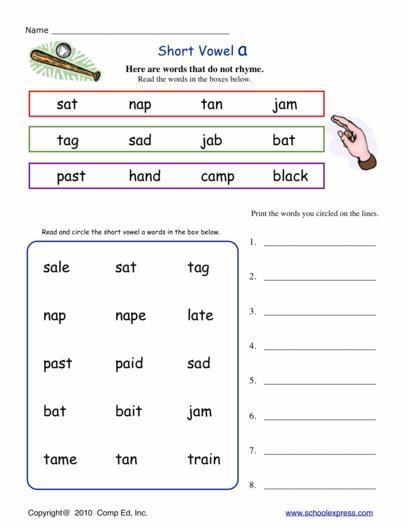
3/ Unstressed vowels are pronounced with a very weak schwa /ə/ sound.
This sound is so weak that we often cannot hear it. In our English pronunciation, we often pronounce it too intensely.
For example, the word vegetable is not pronounced VEGETABLE with the same intensity of all sounds, but / vedʒt (ə) b ( ə ) l / , that is, after a clear stressed syllable VE come reduced syllables, all the sounds of which are read using schwa, and there are almost no audible (and often not audible at all).
I will tell you more about this feature of English stress in the article “How to learn to understand English by ear”.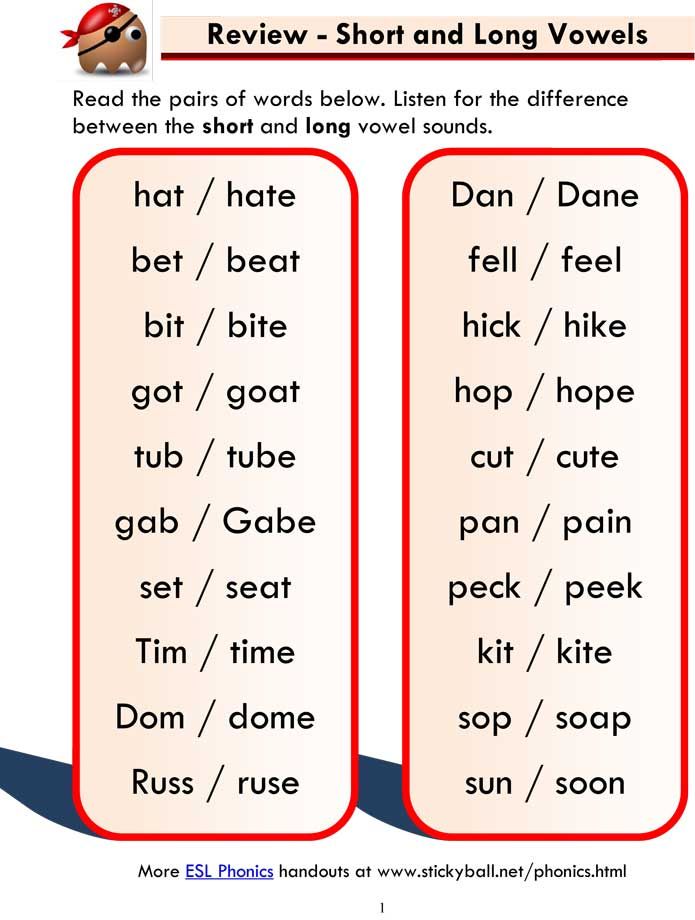
4/ Many vowels and consonants are written with letter combinations to remember.
Mistakes in pronunciation lead to problems in listening to fast English speech. I recommend purchasing our "Complete Guide to the Rules of Reading" . It will help fill gaps in your knowledge of pronunciation rules and help you avoid common mistakes.
Pronunciation and reading of vowels

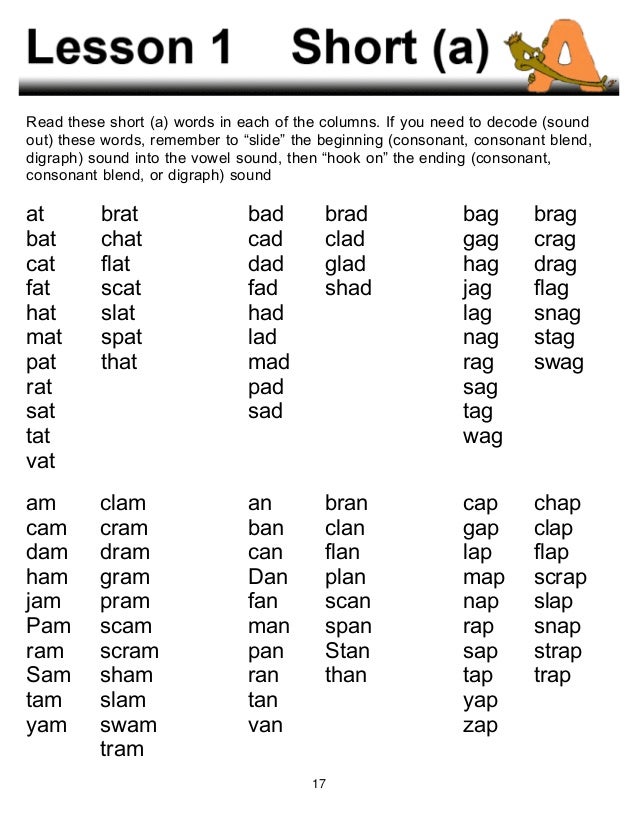 We pronounce light I.
We pronounce light I. 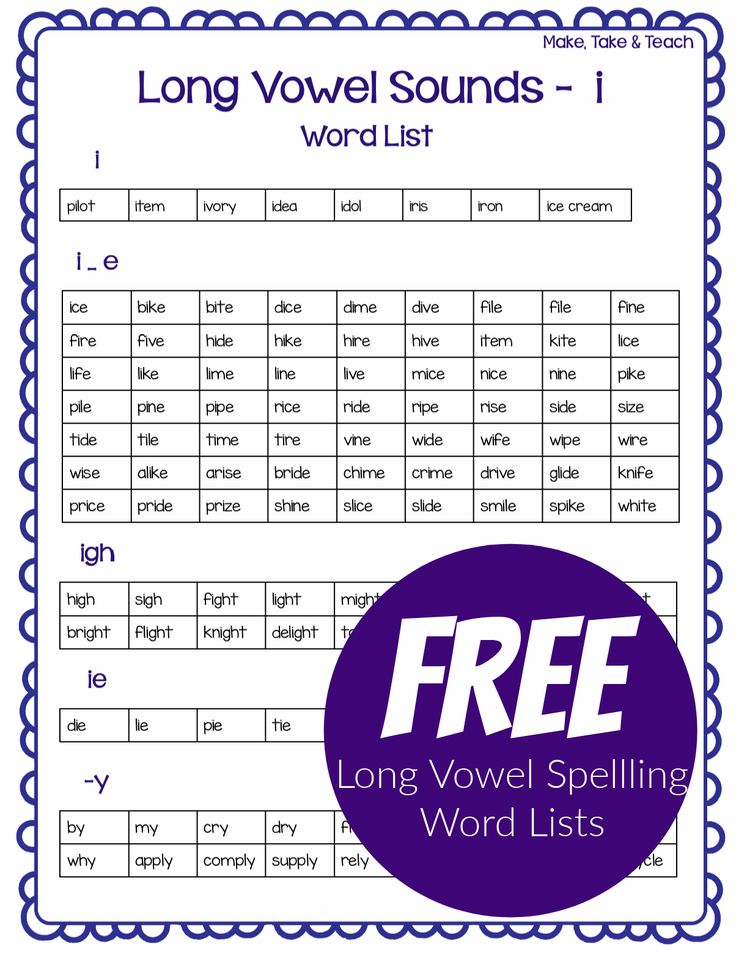 We pronounce light A
We pronounce light A 
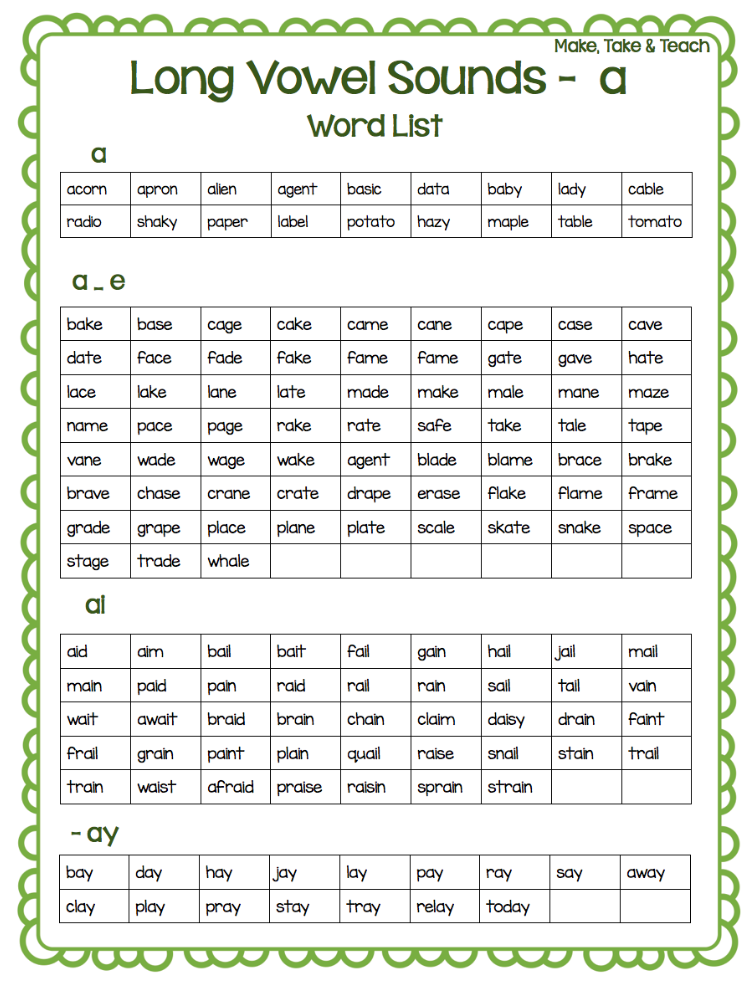 We pronounce something between O and Y. The feeling is as if we are holding a straw from a cocktail in our mouth, but we do not push our lips forward.
We pronounce something between O and Y. The feeling is as if we are holding a straw from a cocktail in our mouth, but we do not push our lips forward. 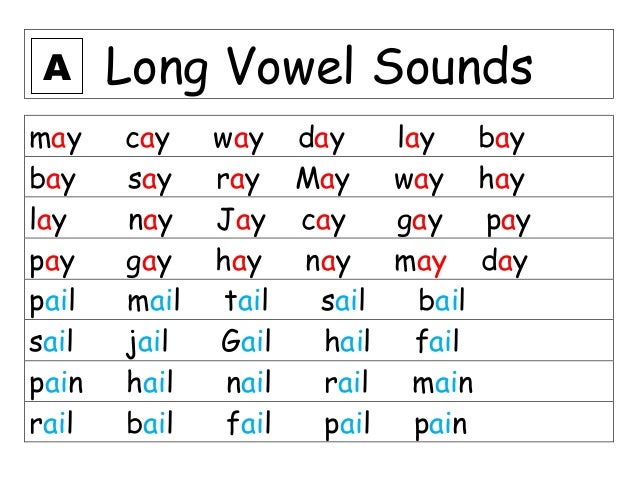 end mute e
end mute e  After the first sound, immediately the tongue moves up to pronounce the sound /ɪ/. The second element of the diphthong is pronounced with less intensity.
After the first sound, immediately the tongue moves up to pronounce the sound /ɪ/. The second element of the diphthong is pronounced with less intensity. 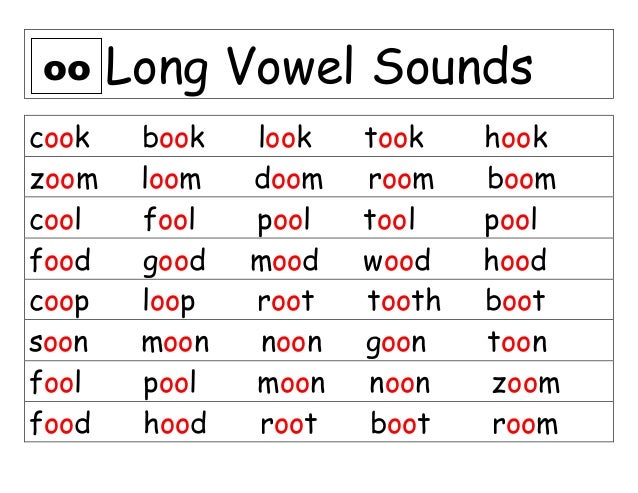 After the first sound, immediately the tongue moves up to pronounce the sound /ɪ/. The second element of the diphthong is pronounced with less intensity.
After the first sound, immediately the tongue moves up to pronounce the sound /ɪ/. The second element of the diphthong is pronounced with less intensity. 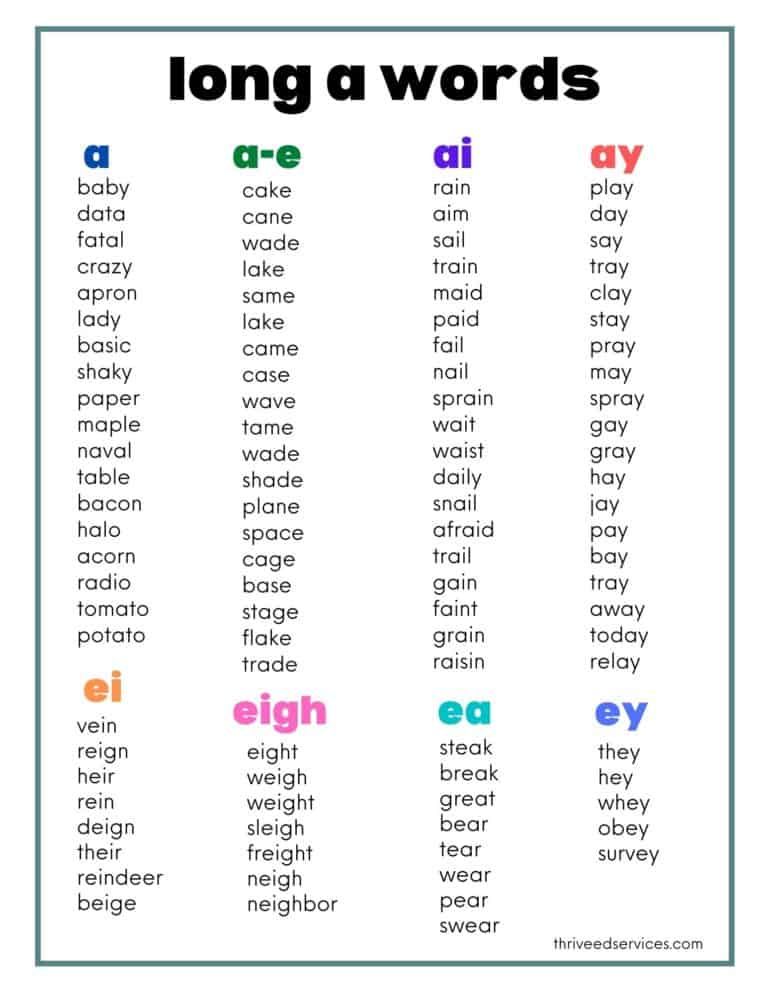 The second element of the diphthong is pronounced with less intensity. EL
The second element of the diphthong is pronounced with less intensity. EL 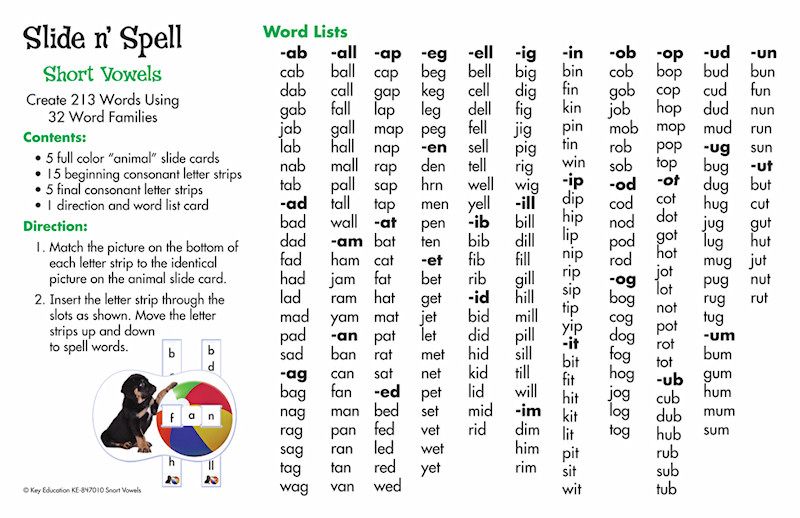 The edges of the back of the tongue are pressed against the upper teeth. The sound comes out through the middle of the tongue.
The edges of the back of the tongue are pressed against the upper teeth. The sound comes out through the middle of the tongue. 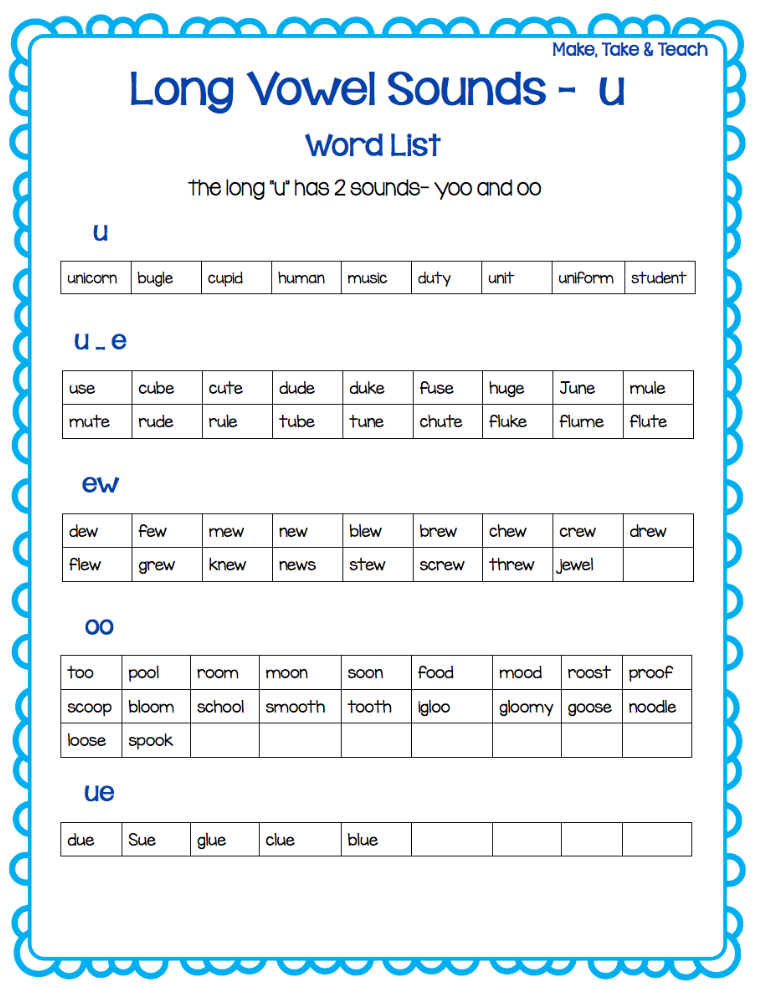

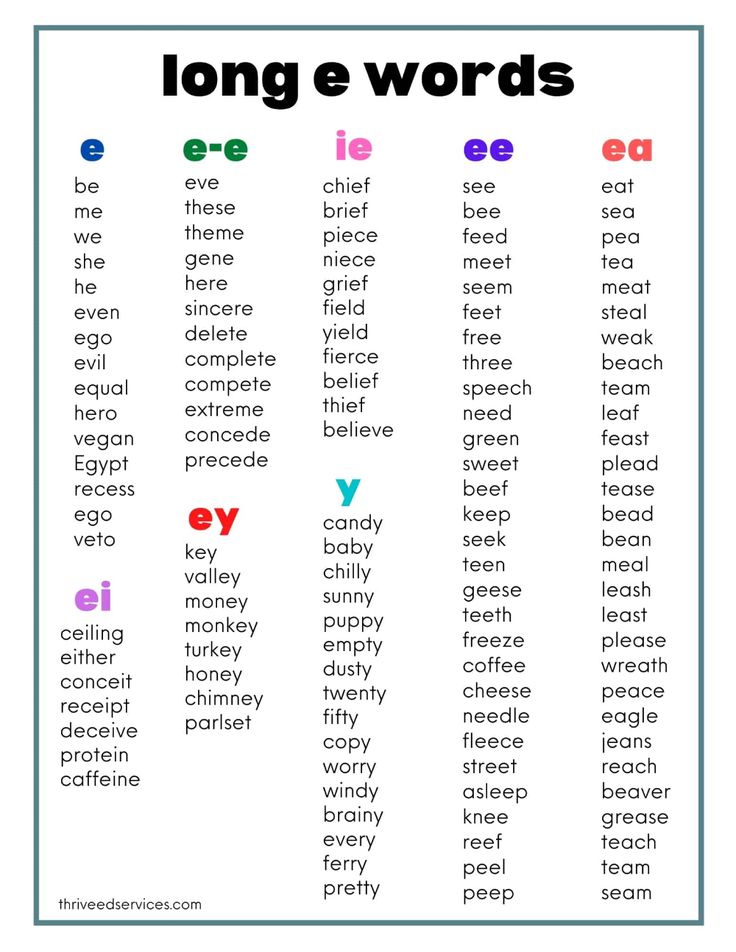 It sounds harsh and closer to Russian than to English.
It sounds harsh and closer to Russian than to English. 